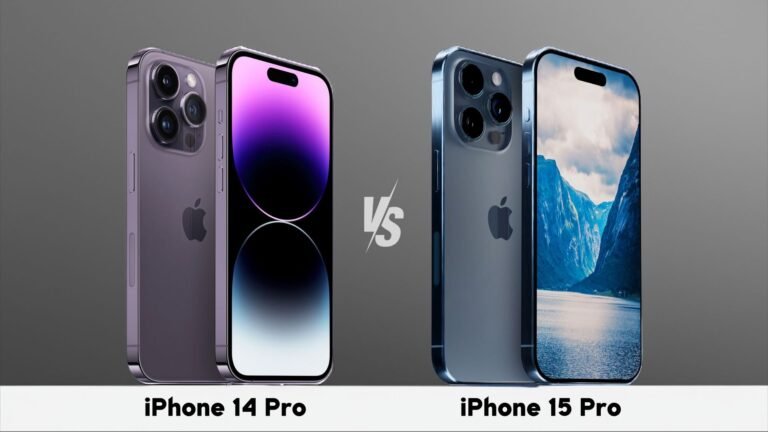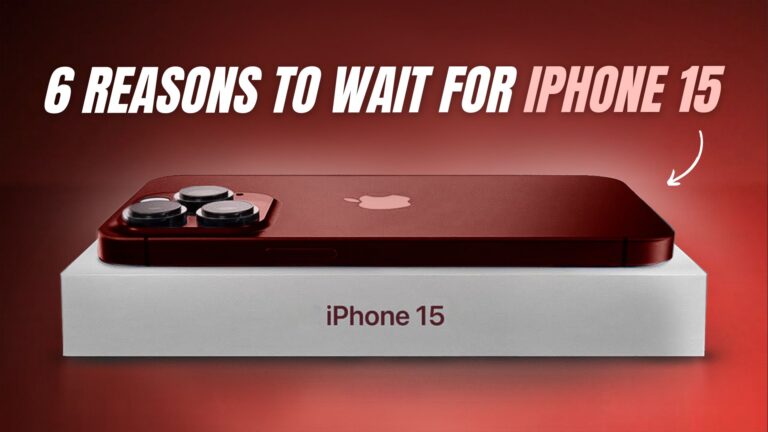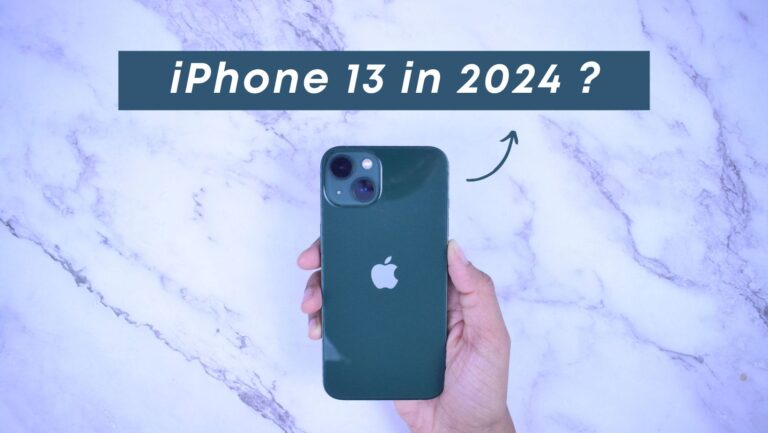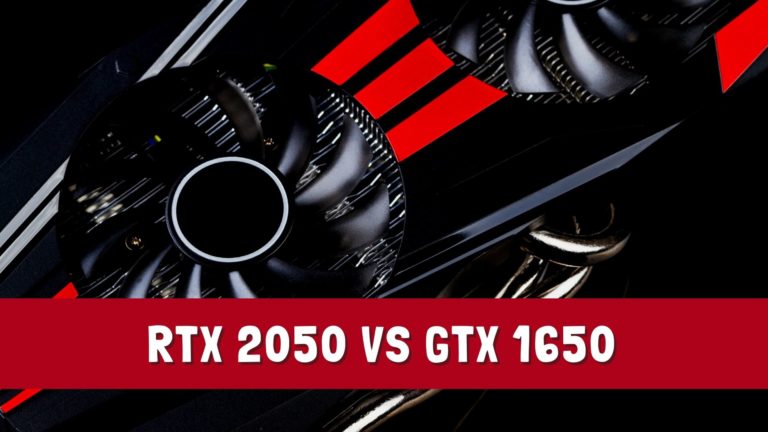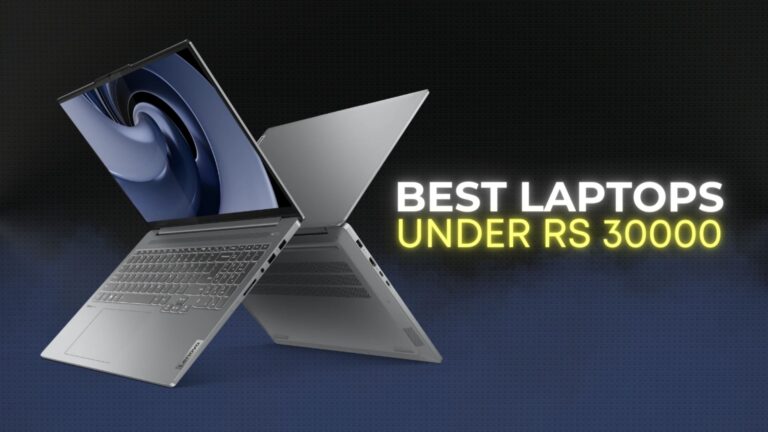The pixel 4 starts at $800 in the US and it’s the phone to buy if you want the purest Android experience but Oneplus 7T is only $600 and it offers a lot of the same features. So let’s find out which smartphone you should buy?
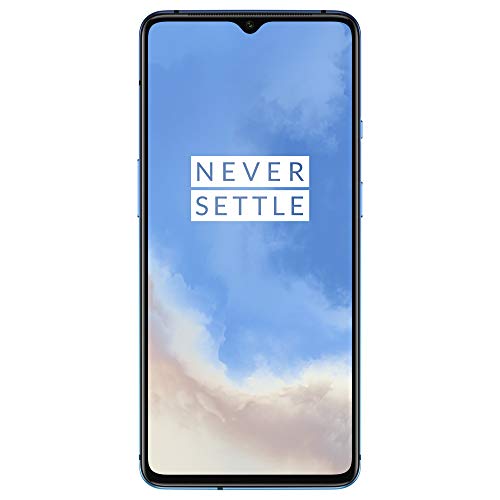 | |
|---|---|
| Pixel 4 | OnePlus 7T |
| BUY NOW | BUY NOW |
| PROS | PROS |
| Class-leading cameras. Smooth 90Hz display. Effective Face Unlock. Clever AI software features. | 90Hz refresh rate display is brilliant. Smooth UI experience. Superb performance. Android 10 out of the box. Impressive cameras. |
| CONS | CONS |
| Disappointing battery life. Relatively dim display. Motion Sense gestures need work. No unlimited photo storage and original quality. | No wireless charging. No headphone jack. Big camera bump. |
SPECIFICATIONS
| NETWORK | PIXEL 4 | ONEPLUS 7T |
| Technology | GSM / CDMA / HSPA / EVDO / LTE | GSM / CDMA / HSPA / LTE |
| Speed | HSPA 42.2/5.76 Mbps, LTE-A (5CA) Cat18 1200/150 Mbps | HSPA 42.2/5.76 Mbps, LTE-A (5CA) Cat18 1200/150 Mbps |
| LAUNCH | PIXEL 4 | ONEPLUS 7T |
| Announced | 2019, October | 2019, September 26 |
| Status | Available. Released 2019, October | Available. Released 2019, October |
| BODY | PIXEL 4 | ONEPLUS 7T |
| Dimensions | 147.1 x 68.8 x 8.2 mm (5.79 x 2.71 x 0.32 in) | 160.9 x 74.4 x 8.1 mm (6.33 x 2.93 x 0.32 in) |
| Weight | 162 g (5.71 oz) | 190 g (6.70 oz) |
| SIM | Nano-SIM card & eSIM | Dual SIM (Nano-SIM, dual stand-by) |
| DISPLAY | PIXEL 4 | ONEPLUS 7T |
| Type | P-OLED capacitive touchscreen, 16M colors | Fluid AMOLED capacitive touchscreen, 16M colors |
| Size | 5.7 inches, 80.7 cm2 (~79.8% screen-to-body ratio) | 6.55 inches, 103.6 cm2 (~86.5% screen-to-body ratio) |
| Resolution | 1080 x 2280 pixels, 19:9 ratio (~444 ppi density) | 1080 x 2400 pixels, 20:9 ratio (~402 ppi density) |
| PLATFORM | PIXEL 4 | ONEPLUS 7T |
| OS | Android 10.0 | Android 10.0; OxygenOS 10.0.7 |
| Chipset | Qualcomm SM8150 Snapdragon 855 (7 nm) | Qualcomm SM8150 Snapdragon 855+ (7 nm) |
| CPU | Octa-core (1×2.84 GHz Kryo 485 & 3×2.42 GHz Kryo 485 & 4×1.78 GHz Kryo 485) | Octa-core (1×2.96 GHz Kryo 485 & 3×2.42 GHz Kryo 485 & 4×1.78 GHz Kryo 485) |
| GPU | Adreno 640 | Adreno 640 (700 MHz) |
| MEMORY | PIXEL 4 | ONEPLUS 7T |
| Card slot | No | No |
| Internal | 64GB 6GB RAM, 128GB 6GB RAM | 128GB 8GB RAM, 256GB 8GB RAM |
| MAIN CAMERA | PIXEL 4 | ONEPLUS 7T |
| Modules | 12.2 MP, f/1.7, 27mm (wide), 1/2.55″, 1.4µm, dual pixel PDAF, OIS 16 MP, f/2.4, 50mm (telephoto), 1/3.6″, 1.0µm, PDAF, OIS, 2x optical zoom | 48 MP, f/1.6, 26mm (wide), 1/2.0″, 0.8µm, PDAF, OIS 12 MP, f/2.2, 51mm (telephoto), 1.0µm, PDAF, 2x optical zoom 16 MP, f/2.2, 17mm (ultrawide), AF |
| Features | Dual-LED flash, Auto-HDR, panorama | Dual-LED flash, HDR, panorama |
| Video | 2160p@30fps, 1080p@30/60/120fps, 1080p@30fps (gyro-EIS) | 2160p@30/60fps, 1080p@30/60/240fps, 720p@960fps, Auto HDR, gyro-EIS |
| SELFIE CAMERA | PIXEL 4 | ONEPLUS 7T |
| Modules | 8 MP, f/2.0, 22mm (wide), 1.22µm, no AF TOF 3D, (depth/biometrics sensor) | 16 MP, f/2.0, 25mm (wide), 1/3.0″, 1.0µm |
| Features | Auto-HDR | Auto-HDR |
| Video | 1080p@30fps | 1080p@30fps, gyro-EIS |
| SOUND | PIXEL 4 | ONEPLUS 7T |
| Loudspeaker | Yes, with stereo speakers | Yes, with stereo speakers |
| 3.5mm jack | No | No |
| COMMUNICATION | PIXEL 4 | ONEPLUS 7T |
| WLAN | Wi-Fi 802.11 a/b/g/n/ac, dual-band, Wi-Fi Direct, DLNA, hotspot | Wi-Fi 802.11 a/b/g/n/ac, dual-band, Wi-Fi Direct, DLNA, hotspot |
| Bluetooth | 5.0, A2DP, LE, aptX HD | 5.0, A2DP, LE, aptX HD |
| GPS | Yes, with A-GPS, GLONASS, BDS, GALILEO | Yes, with dual-band A-GPS, GLONASS, BDS, GALILEO, SBAS |
| NFC | Yes | Yes |
| Infrared port | No | – |
| USB | 3.1, Type-C 1.0 reversible connector | 3.1, Type-C 1.0 reversible connector, USB On-The-Go |
| FEATURES | PIXEL 4 | ONEPLUS 7T |
| Sensors | Face ID, accelerometer, gyro, proximity, compass, barometer | Fingerprint (under display, optical), accelerometer, gyro, proximity, compass |
| BATTERY | PIXEL 4 | ONEPLUS 7T |
| Battery | Non-removable Li-Po 2800 mAh battery | Non-removable Li-Po 3800 mAh battery |
| MISC | PIXEL 4 | ONEPLUS 7T |
| Colors | Clearly White, Just Black, Oh So Orange | Frosted Silver, Glacier Blue |
DESIGN
Pixel 4:
The Design is subjective, you either love it or hate it. These black brushed aluminum edges have a nice rough texture to it. The fact that it’s using a flat display instead of an edged display is a bonus in my books, it just feels a lot more comfortable to type on and it just feels like a phone that don’t want to put a case on.
OnePlus 7T:
T series devices are often just incremental upgrades, but for the OnePlus 7T, I feel like it’s actually a bigger upgrade than the jump from the OnePlus 6T to the OnePlus 7. So on the whole, other than a few design changes, this is still a very OnePlus looking phone. It now has a matte finish like the 7 pro, but instead of using the same slim camera bump, we now have this huge circular thing. I don’t really hate it, but I don’t love it either. The phone is now a little taller, which brings with it a slightly taller 20:9 display. It still has a notch like the OnePlus 7, but it is noticeably smaller here. I actually prefer having a notch over a pop up camera, just because it’s one less moving part on the phone.
![]()
DISPLAY
Pixel 4:
The display has gotten an update as well, not only getting a beautiful AMOLED panel. It’s a lot more consistent than previous years. You’re also getting a high refresh rate 90 Hertz which is fantastic. It makes scrolling through things a wonderful experience very similar to the OnePlus device. This one happens to be dynamic so it’s not always 90 Hertz and it does this to save battery life.
OnePlus 7T:
The screen itself is good looking enough for the most part. It gets bright enough outdoors, and it supports the same 90Hz refresh rate as the Pixel 4, which does make the phone feel smoother. I also like that it’s a flat display. However, like a lot of previous OnePlus devices, I feel like the screen seems a little more reflective than other screens I’ve seen, so sometimes it can be a little distracting under a bright sunny day. But my concern is actually with the quality of the screen itself. While I think it looks good most of the time, when it is at lower brightness, I did notice a slight uneven tint on the screen. This is more obvious on a gray background, which happens to be what a lot of apps are using for dark mode these days.
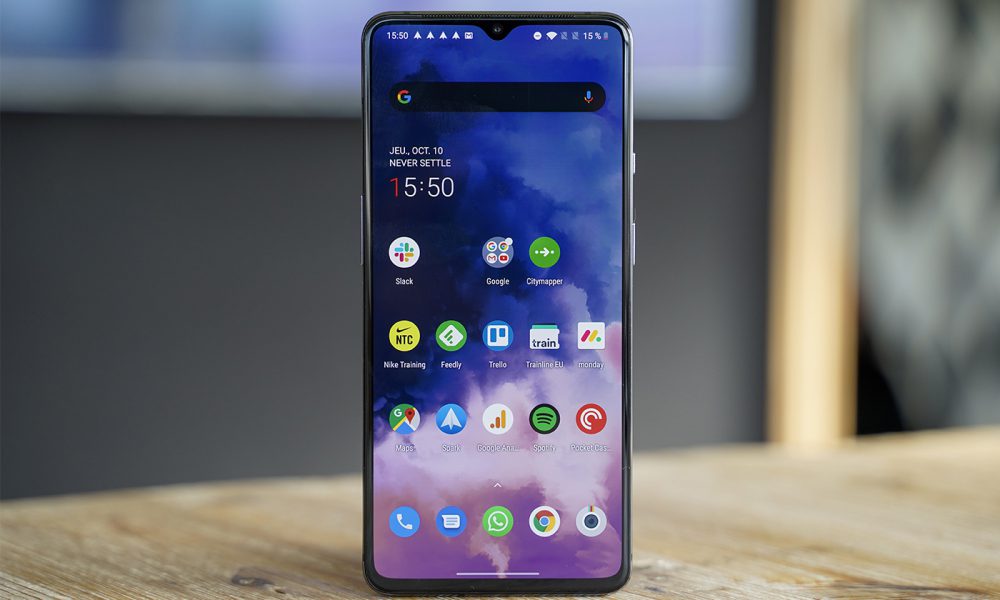
AUDIO
Pixel 4:
Google did reduce the bottom bezel by moving the speaker to the bottom of the phone. If you do watch a lot of videos and movies through the phone speakers, I can tell you that sound is pretty clear. And there is no 3.5mm audio jack.
OnePlus 7T:
The audio quality of this mobile is very good. Doby Atmos is present and it has stereo speakers. But if are playing game or watching content on this phone I will recommend you to use headphones. And if you compare the sound quality to Pixel 4 then I think OnePlus 7T is far behind. Also there is no 3.5mm audio jack on Oneplus 7T.
![]()
SOFTWARE & PERFORMANCE
Pixel 4:
My favorite thing about this smartphone is the Google Experience, Android 10 on the Pixel is better than any other Android phone. What Google has done was polished the OS, use one of their chips inside of the device to bring Google Assistant embedded into the phone. So Talking to it is a lot quicker and the response is a lot faster. Plus, they totally stole the gestures from the iPhone and they did a good job of implementing it into the Pixel 10.
The “soli sensor” does a lot of gimmicky stuff like you can swipe to change the music, you can pause the alarm which is all cool but it’s finicky. It works sometimes and other times it just doesn’t work at all.
But one of my favorite features about this device is the recording app. And I know a lot of phones can do it. They have these apps built into them, but this one is special because it does all the processing on the phone itself. It’s real time even if I was to put it on airplane mode it would continue to translate exactly what I’m saying.
OnePlus 7T:
The OnePlus 7T has been updated with the slightly faster Snapdragon 855 Plus chipset, which benchmarks will tell you is faster. But in my normal day to day use, I didn’t really notice anything different from the already speedy Snapdragon 855.
OxygenOS is one of my favourite Android experiences around. It’s clean looking, it’s fast, and it has a lot of useful features that I wish was on the Google Pixel. The only thing it loses to the Pixel, is that it takes a bit longer to get major Android updates.
CAMERA: PIXEL 4 Vs OnePlus 7T
The main difference between these two is that you get two lenses on the pixel 4 and 3 on the oneplus 7T and those three are a regular wide, ultra-wide, and a 2x telephoto. The pixel 4 is just a regular wide and a 2x telephoto. Now Google says that most people probably don’t want an ultra-wide lens because they’ll rather use a telephoto, and I think it comes down to personal choice.
For general photos with HDR turned on, both of the phones do a really good job. There’s a great level of detail and sharpness on them when you zoom into the 100% crop and the color rendition is pretty nice on both. However, there is a difference straight out of the camera, the images from the oneplus 7T look a little bit more saturated and punchy than the pixel 4. But a lot of this comes down to personal preference and what looks good to me might not look good to you and vice-versa. I think portrait mode is a lot more dramatic on the pixel compared to the oneplus 7T and it does a better job on inanimate objects.
Selfies is a bit of a tough one because again taking photos of your selfie. I don’t know which one you prefer but I prefer the oneplus 7T but again it’s a little less saturated and sometimes washed out so maybe the pixel looks good. However, when it comes to portraid mode on the front-facing camera, I definitely think the 7T wins this one.
In night mode, I think that the OnePlus 7T does a really good job. I don’t think it’s as well-rounded as night sight on the pixel but honestly for $200 less you’re getting a really capable camera in 7T. Images look a little bit warmer overall at night then from the pixel but again unless you put them side-by-side I don’t think you’re really gonna notice. But the pixel has a one final ace up its sleeve when it comes to the camera and it is “astrophotography mode” which leverages numerous techniques, including merging multiple shots with a liberal smattering of AI to capture bright, pleasing images in very low-light situations.
Video though is another matter because the pixel 4 still only does 4k at 30 frames a second whereas the oneplus 7T is 4k at 60 frames a second and it’s just night and day, in terms of smoothness. I love having 60 frames a second as an option, yes it takes up more storage space but honestly if you want memories to look the best, they’re gonna look the best on the 7T.
![]()
SECURITY
Pixel 4:
The big feature about this device happens to be the radar sensor that’s embedded inside of it, they’re calling it the “soli sensor” and it does little things like it integrates with face ID making this a very secure device to unlock your phone. I personally prefer it over Touch ID or some sort of fingerprint scanner because it’s really fast on the Pixel. It’s probably faster than the iPhone 11 Pro but I love the fact that takes you directly to where you were last left off. With the iPhone 11 Pro, you unlock the phone and you have to swipe the screen up. Now, I know you can unlock it while you’re sleeping which is kind of unfortunate. This is gonna get fixed in the next update.
OnePlus 7T:
There is a in-display fingerprint sensor. It is still not quite as fast or as accurate as I’d like, however OnePlus says that they’ve done a lot of software tuning, just beat up the animations, and generally speaking it is better that what has been in the past. It’s not my favorite, I definitely prefer a physical sensor, but it is certainly usable and it getting better. I can imagine with a few more updates it actually might be good and not just okay.
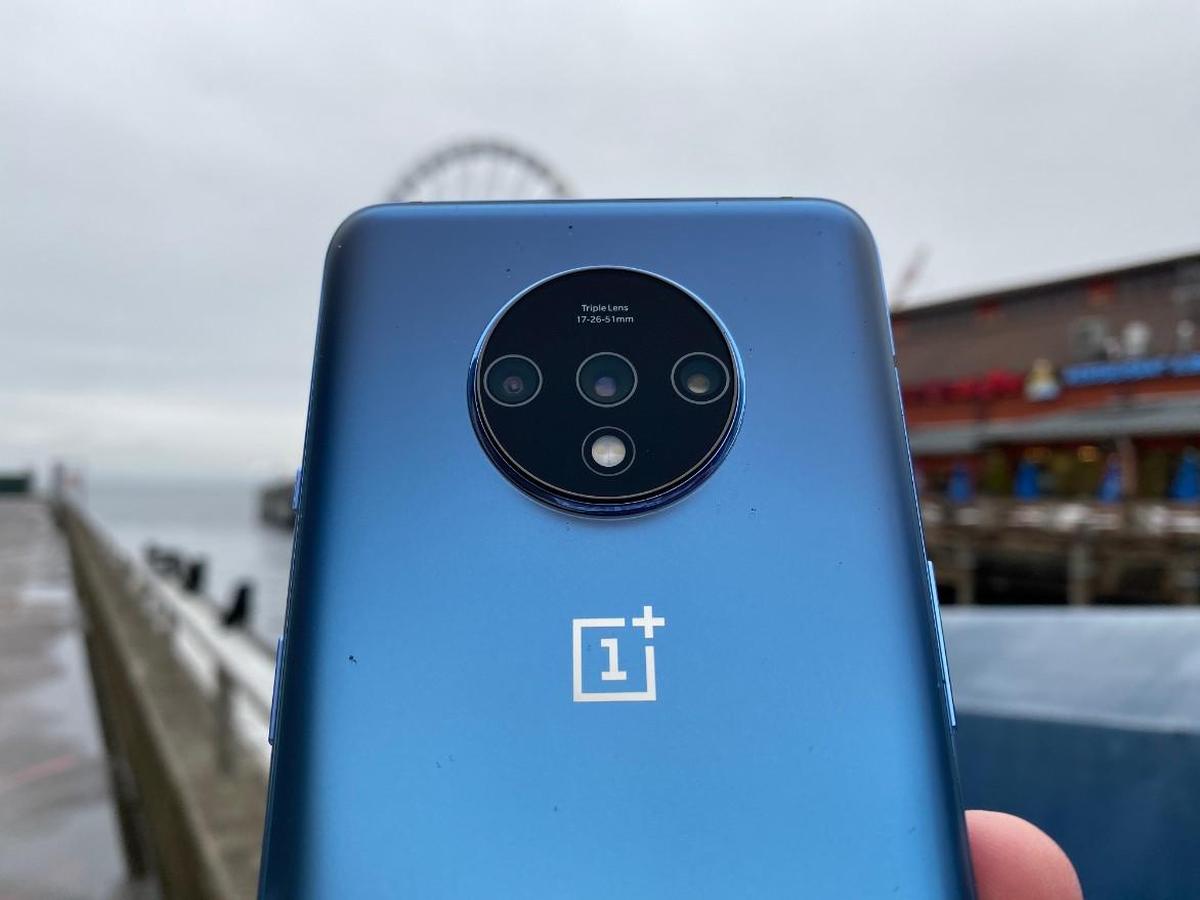
BATTERY
Pixel 4:
The one area that this phone completely suffers from and I think it’s inexcusable is the battery life. The Pixel 4’s battery life is atrocious. Literally four hours sometimes four and a half hours of use of screen on time before this phone dies. The Pixel 4 XL is a little better. I can get five to five and a half hours of use before the battery dying but overall for 2019 standards it’s way below the competition.
OnePlus 7T:
I do however appreciate the slightly larger 3,800mAh battery. Even with 90Hz on all the time, and with heavier usage, I can still easily get a day of use out of the phone. There is also a 30W charger in the box as well which is great if you need a quick top up. And there is no wireless charging.
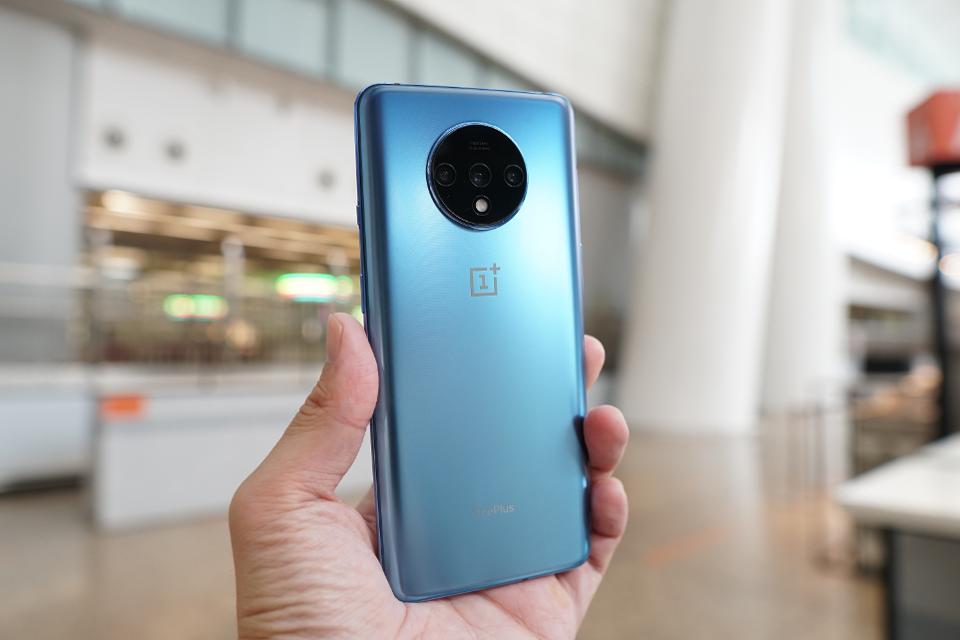
WHICH ONE YOU SHOULD BUY?
It all comes down to your personal prefrence, if you need a mobile with good camera and a Google experience software then obviously go for Pixel 4. But If want to save $200 and get better performance and that ultra-wide lense then you should go for OnePlus 7T.
Personally, I’m definitely gonna pick the Oneplus 7T because it doesn’t feel like a compromise, despite it being $200 less, it’s a premium phone, it’s got a fingerprint reader in the screen, it’s got everything that I want, a really nice camera and it doesn’t look as nice in terms of the Oxygen OS to me as pure Android but I guess I could just put a different launcher on it and it would look different.
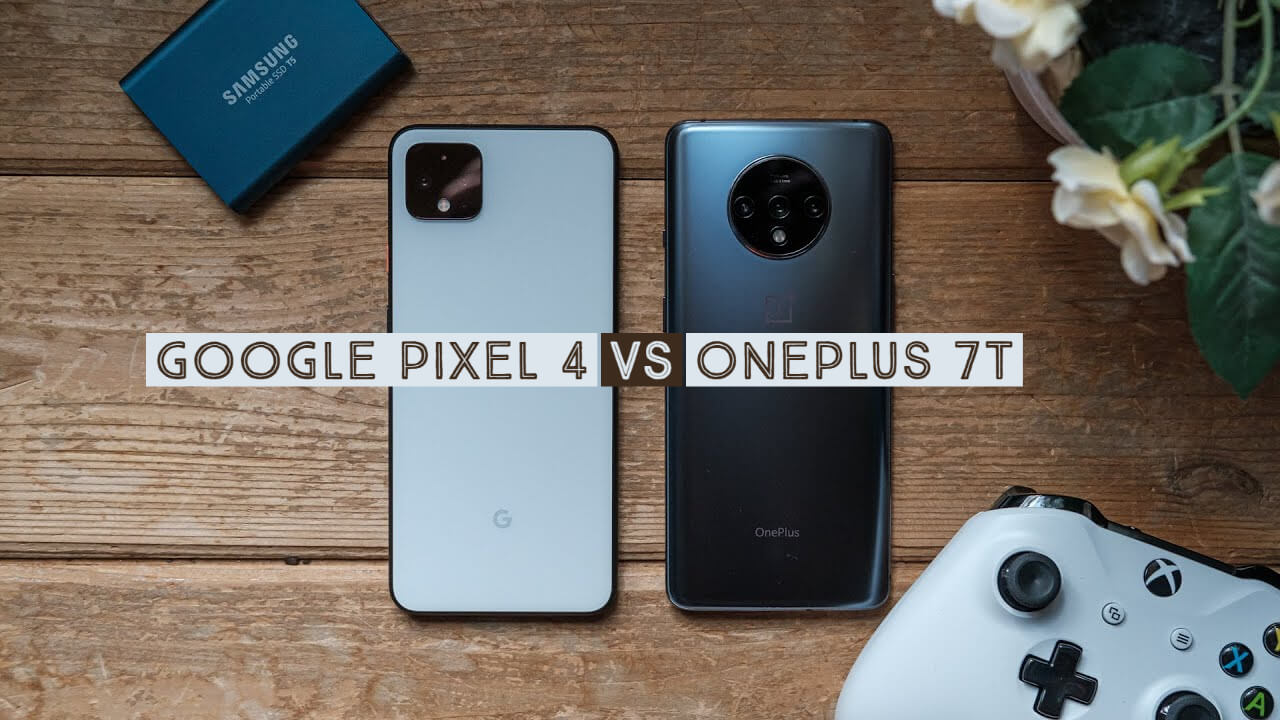
![iPhone 14 vs iPhone 13 vs iPhone 12 [Updated Guide]](https://www.theworldsbestandworst.com/wp-content/uploads/2022/11/iPhone-14-vs-iPhone-13-vs-iPhone-12-768x432.jpg)
